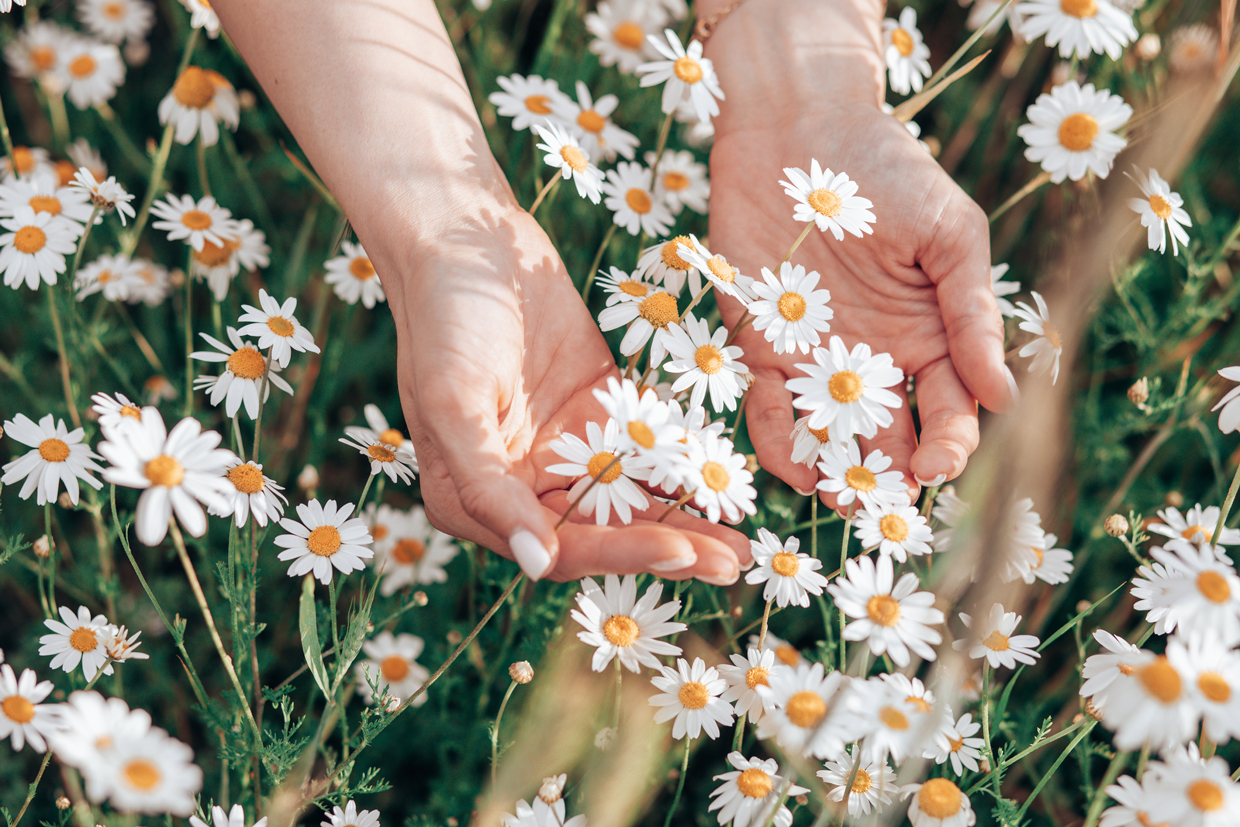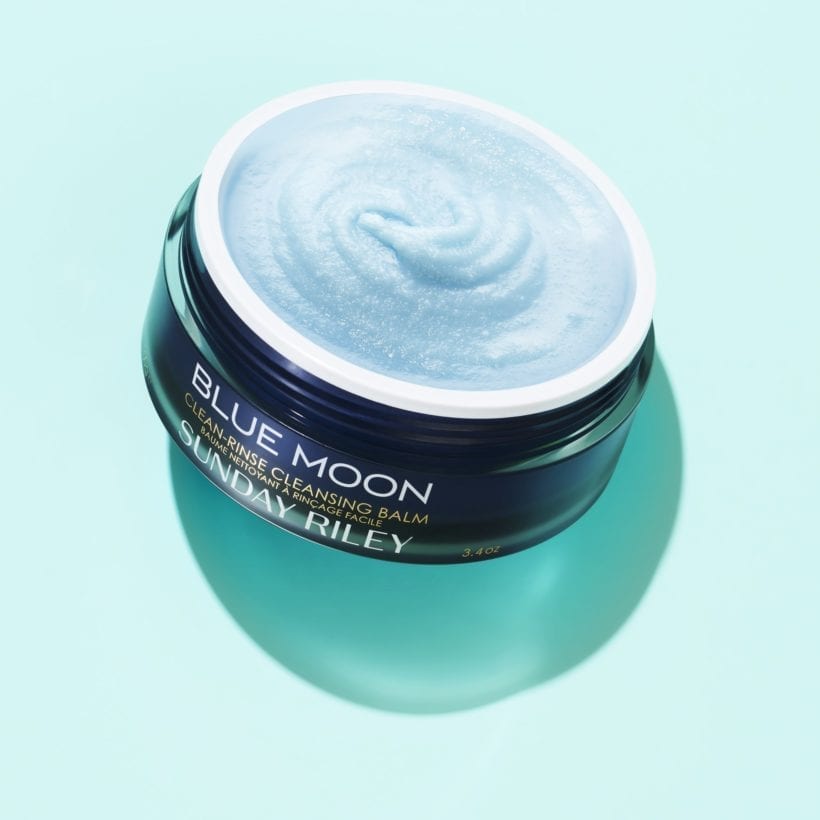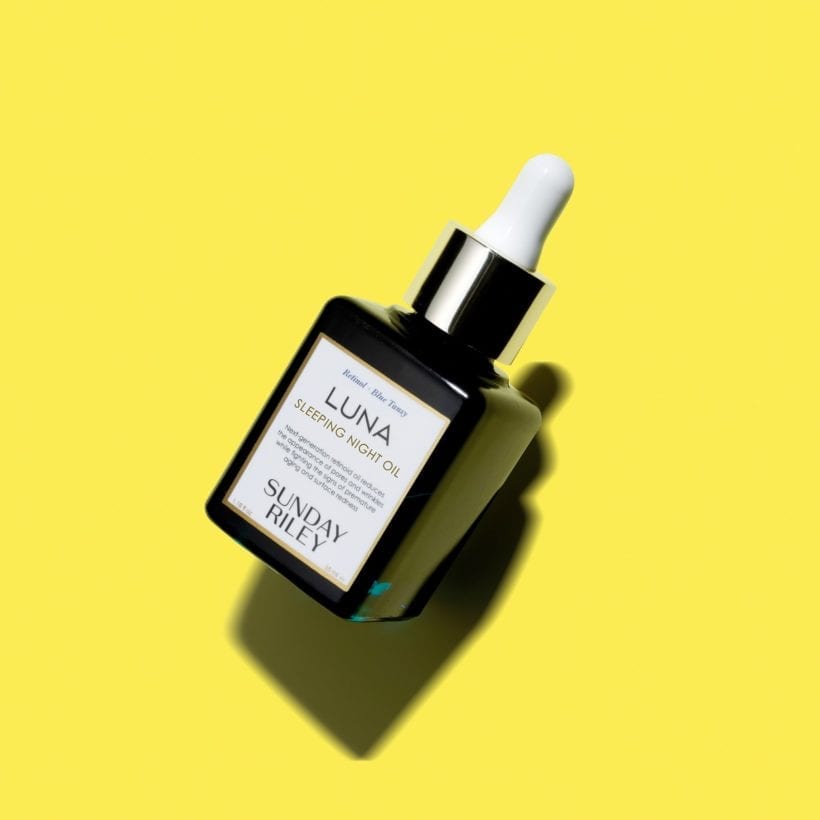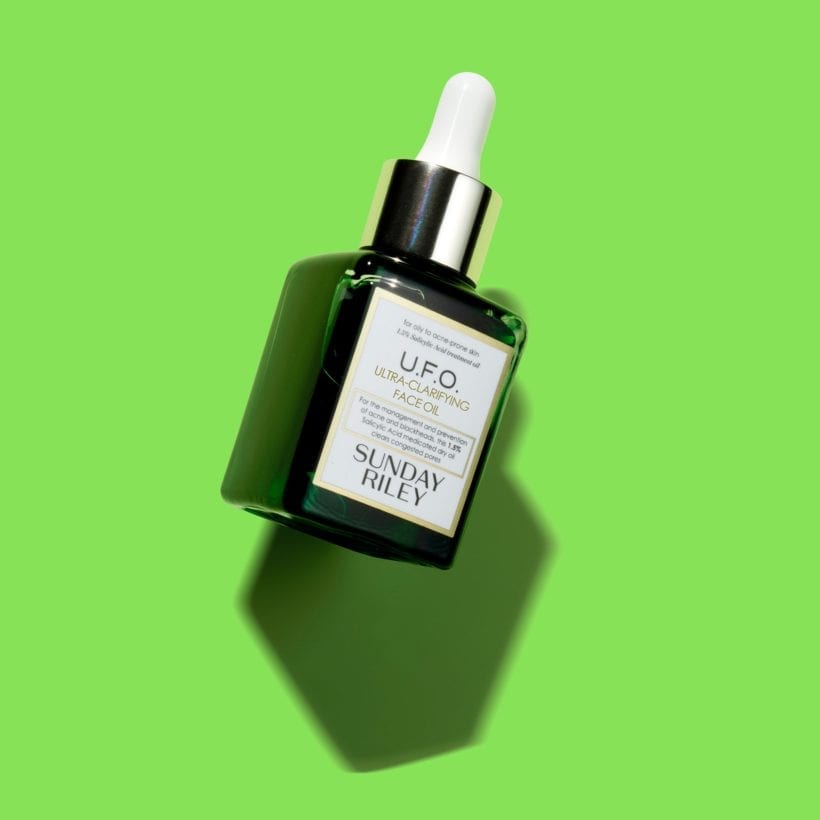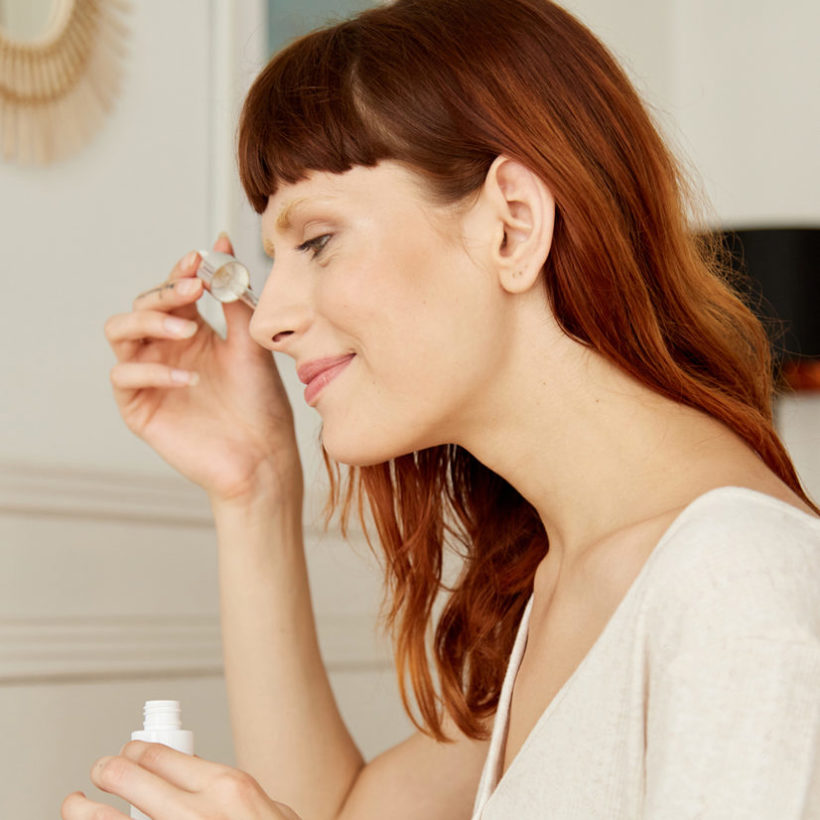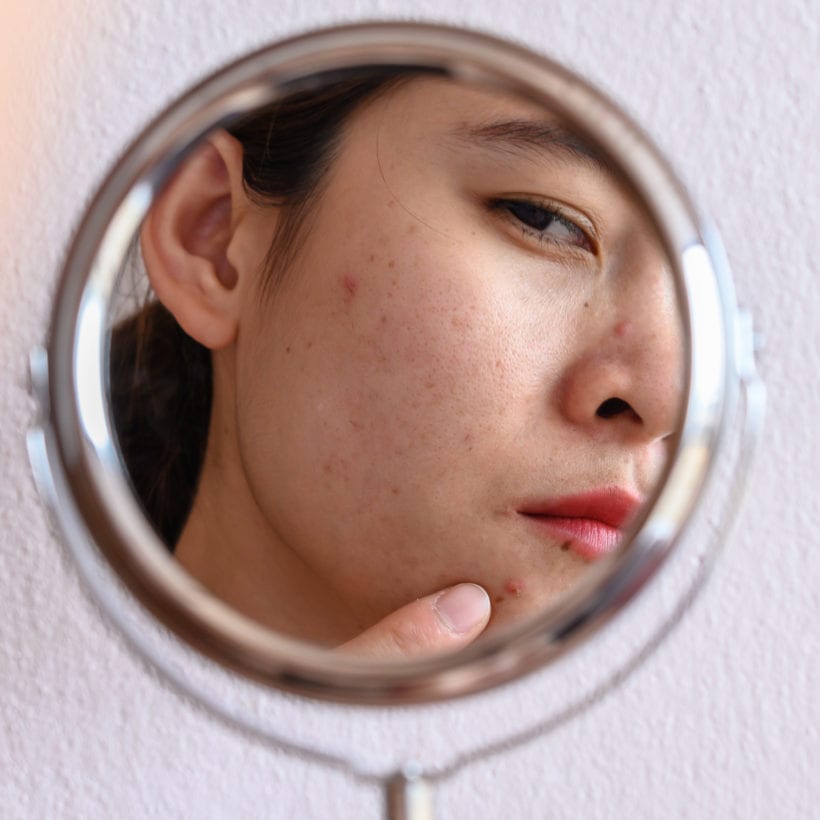Quiz time. Clue one: This member of the daisy family was used by ancient Egyptians to cure the sick and embalm the dead. Clue two: Thanks to its sweet, herbaceous aroma, it’s planted into the lawn at Buckingham Palace. Clue three: Globally, more than a million cups are brewed as a tea and consumed every day. (And some of these teabags are cooled and used to soothe sunburned skin.) The answer? If you guessed chamomile, you’re correct (and probably read the article’s title first, so we weren’t too perplexed).

But what really piques our interest in chamomile is its use in skincare. There are two types of chamomile often used in skincare products — German and Roman — and they both have similar properties, says Krupa Koestline, clean cosmetic chemist and founder of KKT Consultants. “In skincare, chamomile has been shown to be antimicrobial, to lower inflammation, to lower histamine levels in the skin and to improve pruritus associated with atopic dermatitis, and also to promote wound healing.” That’s why it’s “typically found in calming and soothing skincare products, including moisturizers, facial oils, and oil-based serums.” For example, chamomile features in Sunday Riley Luna Sleeping Night Oil, where it calms the skin and reduces redness and other signs of sensitivity while you sleep. Chamomile can also be found in the brand’s U.F.O. Acne Treatment Face Oil, where it soothes blemish-prone, irritated skin. It’s also in Blue Moon Cleansing Balm, where it works with blue tansy (one of Koestline’s favorite ingredients) to calm skin as it’s cleansed. Both chamomile and blue tansy are rich in chamazulene, which “has been shown to be a fantastic antioxidant,” says Koestline.

Does this help with anti-aging? Yes! “Current studies show that inflammaging, or chronic, low-grade inflammation in the skin is a factor of skin aging,” explains Koestline, adding that the skin’s extracellular matrix (think collagen and elastin) break down. As an analogy, think of a piece of firm, ripe fruit (that’s your skin). If you inflame it (put it in a pot of boiling water), the skin will break down and crack. Same idea here. Inflammation can also cause cell damage and dark spots on the skin. “Chamomile addresses the inflammation part of aging by reducing the pro-inflammatory signals in the skin.”
As with any ingredient, “You should always do a patch test to make sure you’re not allergic to it,’ advises Koestline, who says it’s rare to react, and most people can use chamomile without any problems. However, she warns that pure chamomile oil “can be too volatile and should be formulated by a cosmetic chemist to ensure it’s at a safe yet effective concentration.” In other words, look to a trusted brand with chamomile as a star ingredient.
And that calming effect people associate with a cup of chamomile tea? Yep, it’s present in chamomile-infused skincare as well. “I personally use it in oil form at night and gently massage it into my skin to relax before going to bed,” says Koestline.
We only recommend products we have independently researched, tested, and loved. If you purchase a product found through our links, Sunday Edit may earn an affiliate commission.
